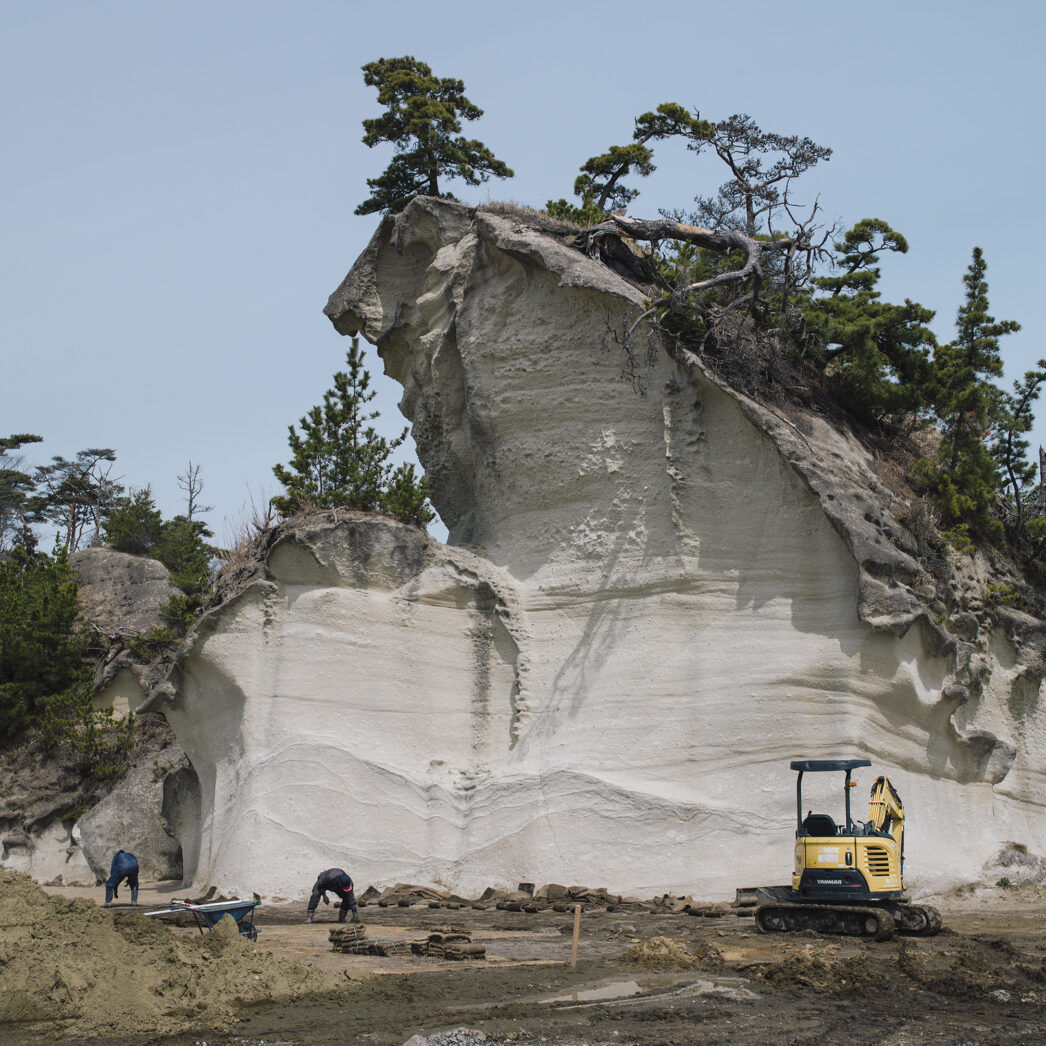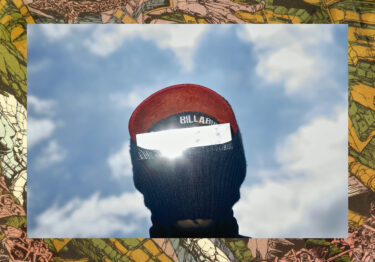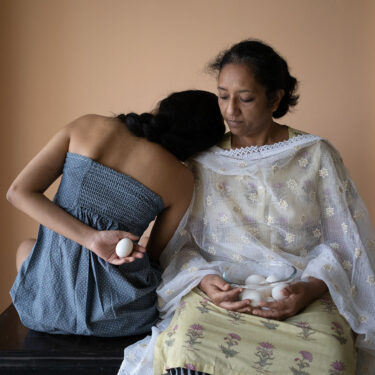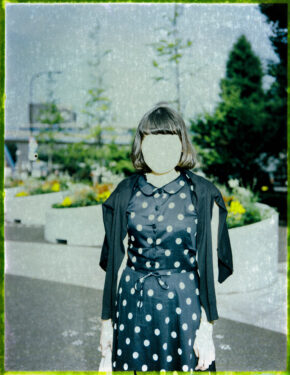A10

奥田正治
Masaharu Okuda
Dig A Hole
It all started with a view of the coastline from Fukushima to Miyagi 11 years after the disaster.
Seawalls, planted uplands, solar panels, earth and sand dumps, dump trucks hauling rocks and soil to turn vacant lots overgrown with weeds into green parks. Roads are being made to access new rice fields and sites for ‘glamping’─a portmanteau of ‘glamorous’ and ‘camping’̶are being built in places that were declared uninhabitable. Compacted waste forms large hills in landfills. Decontamination has been completed, but the fields can’t be planted yet and farmers who have remained in the area share the responsibility of maintaining them.Historical sites dating back to the 8th century have been excavated, and research is being conducted on the geological disposal of high-level radioactive waste on a timeline similar to that used in archaeology. A man plants trees in the garden of a friend who evacuated and hasn’t returned, because “it looks bleak.” In ancient times, people carried rocks from a river several kilometers away and laid them out in a row to mourn the dead. I feel that such acts of doing something for others, neither rational nor irrational, are what make us human.
Starting from the entrance to a ‘restored’ area, the large-scale landscape being created and the activity of the people I met there, the long timeline of the sediment deposits, and the speed at which the landscape changes are all revealed through the act of “digging a hole.”
Horikawa Oike Gallery
238-1, Oshiaburanokoji-cho, Nakagyo-ku, Kyoto
Subway Tozai Line "Nijojo-mae" station. 3 min on foot from exit 2
Open: 4.12 Sat.—5.11 Sun. 11:00—18:30 (最終入場|Last Entry 18:00) Closed: Mon.
11:00 - 18:30
Free
Supported by 株式会社シグマ |Sigma Corporation







